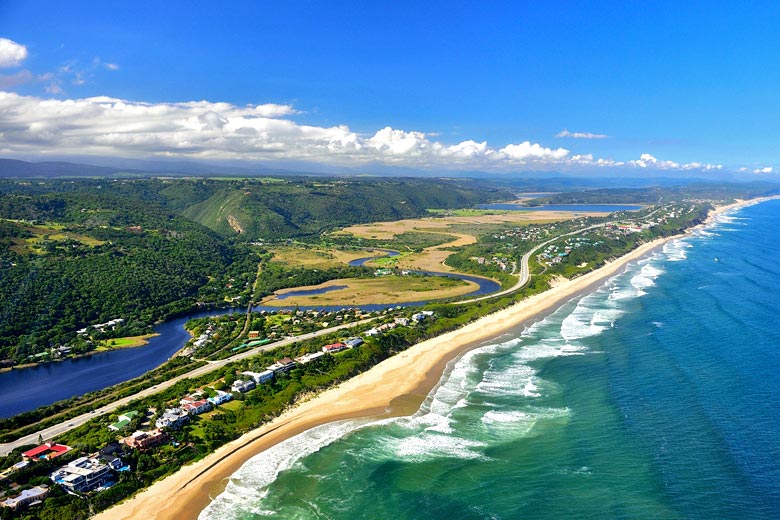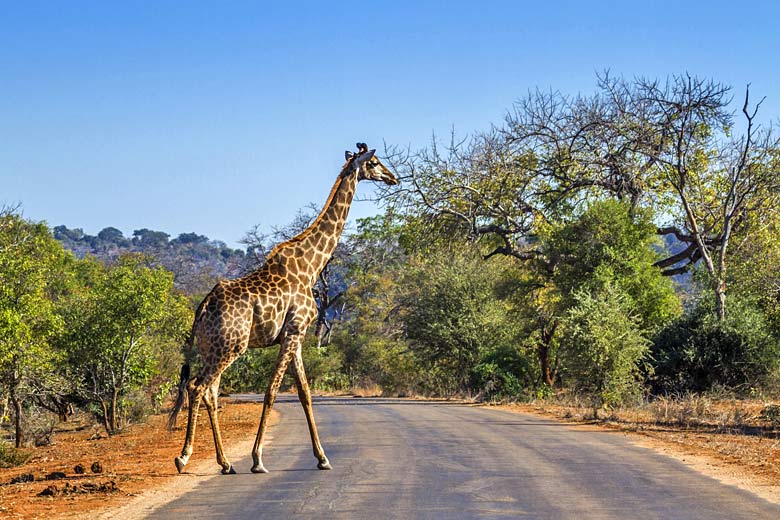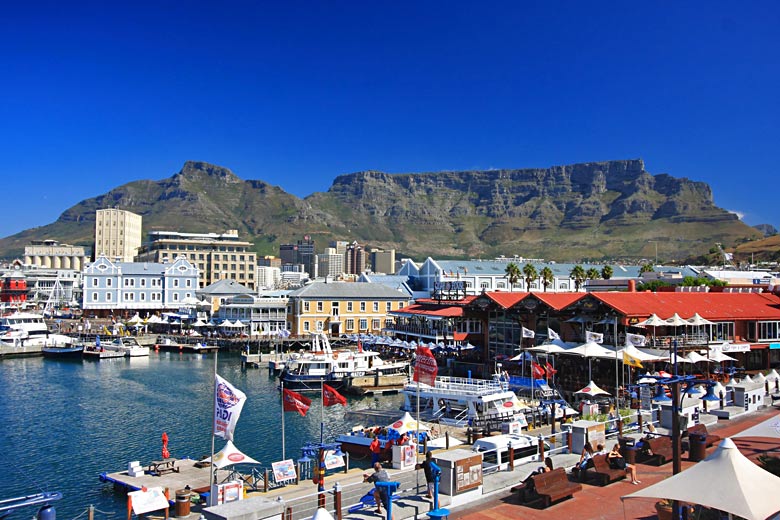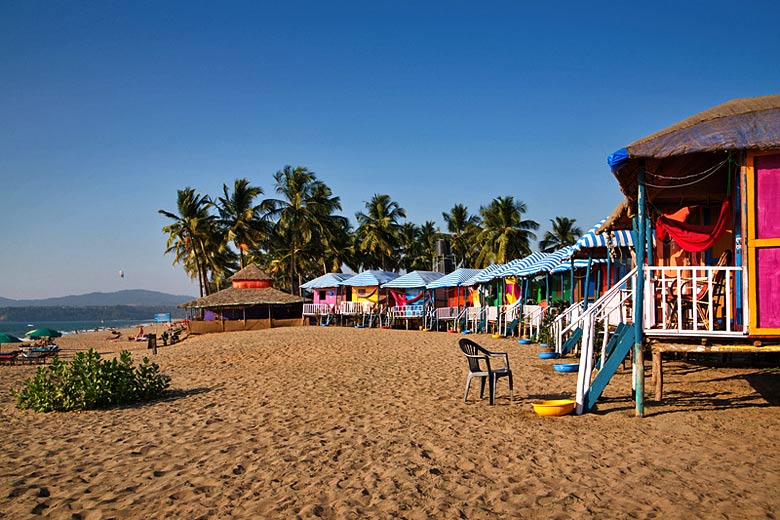- Search & compare the best car hire deals
- Free 48-hour cancellation policy & no hidden charges
- Check prices with Avis, Europcar, Sixt & more
Best time to visit South Africa
Find the best time to visit South Africa and plan your perfect trip in 2025/2026. Get holiday inspiration, weather guides, travel advice and find great deals.
- Best time to visit
- Weather by month
- 5-day weather forecast
- Destinations
- Travel advice
- Deals & discounts
South Africa by month
Jan Feb Mar Apr May Jun Jul Aug Sep Oct Nov Dec
Recommended for South Africa
Top South Africa destinations
Below are the temperatures expected today at popular countries, regions and places in South Africa. Select a destination to compare today's forecast with average weather conditions.
All South Africa destinations
- Bergville
- Bloemfontein
- Calvinia
- Cape Town
- Durban
- East London
- Estcourt
- Graaf-reinet
- Johannesburg
- Kimberley
- Knysna
- Ladysmith
- Leataba Rest Camp
- Mthatha
- Musina
- Okiep
- Oudtshoorn
- Pietermaritzburg
- Polokwane
- Port Elizabeth
- Port St Johns
- Pretoria
- Skukuza Restcamp
- St Lucia
- Stellenbosch
- Sun City
- Underberg
- Upington
When is the best time to visit South Africa?
The best time to visit South Africa (Cape Town) is January, February, November and December based on the following average weather conditions.
Maximum daytime temperature = 22 - 30°C [remove]
Daily hours of sunshine = 10 hours or more [remove]
Change the criteria to reflect your weather preferences.
Max Day Temperature (°C)
- Jan
 25
25 - Feb
 25
25 - Mar
 24
24 - Apr
 22
22 - May
 19
19 - Jun
 17
17 - Jul
 17
17 - Aug
 17
17 - Sep
 18
18 - Oct
 20
20 - Nov
 22
22 - Dec
 24
24
Which is the hottest month in South Africa?
The hottest time of year in Cape Town, South Africa is normally February. Expect maximum daytime temperatures to reach 25°C with low heat and humidity.
Which month has the most rain in South Africa?
In terms of rainfall, June is usually the wettest month in Cape Town, South Africa with 189mm on average. There are normally 13 days in June with some rain.
When is it sunniest in South Africa?
The sunniest time of year in Cape Town, South Africa is normally February with bright sunshine on average for 77% of daylight hours; that's 10 hours of sunshine per day.
When is the sea warmest in South Africa?
The sea is usually at its warmest in Cape Town, South Africa in February when the water temperature reaches 20°C.
Best time to visit
The weather guide for South Africa (Cape Town) shows long term weather averages processed from data supplied by CRU (University of East Anglia) & today's weather forecast provided by meteoblue. Find out more about our data sources.
Metric (°C / mm) | Imperial (°F / inches)
South Africa overview
A pleasant climate is a major asset in South Africa's drive to distance itself from past controversy and place itself firmly on the world tourism map.
If travelling to South Africa, remember that, because it lies south of the equator, its seasons are the opposite to those of North America and Europe.
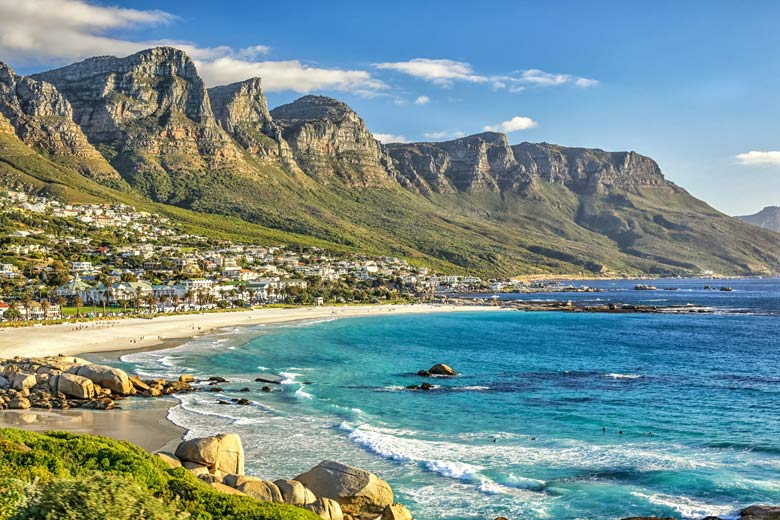
Only the low-lying areas in the north, along the borders with Zimbabwe and Mozambique, have a tropical climate with related high temperatures and humidity.
In the south, the coastal lowlands around Cape Town have a Mediterranean climate with hot summers (September to May) and warm, rainy winters.
The eastern coastlands and the low veld of Durban and Natal have a subtropical climate with most rainfall falling between October and April, which is also the period of highest temperatures and humidity.
The western coastal strip has a cold sea current which keeps temperatures cool and generates plenty of low cloud and fog but almost no rain.
In the eastern interior or high veld (where Johannesburg and Pretoria are situated), summers are rainy and warm and winter days are mild although temperatures can drop dramatically at night.
The low humidity and high number of sunshine hours produce a pleasant and healthy climate all year.
The western interior is mostly desert or semi-desert and has a hot, sunny climate. What rain there is falls between November and April.
What to pack for South Africa weather
Take light clothing and be prepared for rain if visiting between September and May. Pack warmer wear if travelling during their winter.
South Africa travel features
Do you want to learn more about South Africa? Read our latest features covering travel tips and insider destination guides on where to go and what to do in South Africa.
Be inspired
Get your weekly fix of holiday inspiration from some of the world's best travel writers plus save on your next trip with the latest exclusive offers
We promise not to share your details
Related posts
Popular travel offers
Explore holidays in the sun for less
- Beach holidays
- Family holidays
- City breaks
- Summer holidays
- Winter sun holidays
- Holiday offers
- Top travel brands
- Airlines & flights
- Discount hotels
- Airport parking deals
- TUI
- Jet2holidays
- easyJet holidays
- Love Holidays
- January sales
Airport parking
- Manchester Airport
- Stansted Airport
- Bristol Airport
- Luton Airport
- Birmingham Airport
- Edinburgh Airport
- Gatwick Airport
- Glasgow Airport
- Newcastle Airport
Airport lounges
- Manchester Airport
- Birmingham Airport
- Bristol Airport
- Edinburgh Airport
- Glasgow Airport
- Heathrow Airport
- Newcastle Airport
- Stansted Airport
- Gatwick Airport

























